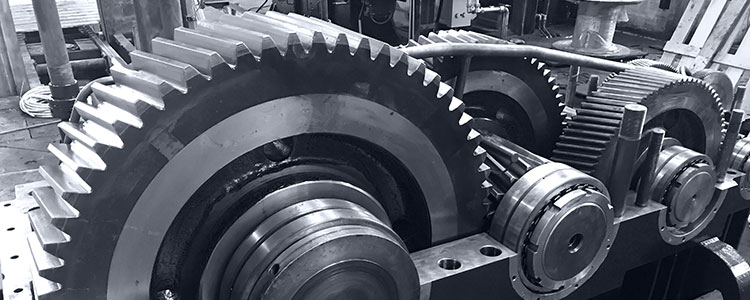How Does Gear Reducers And Multipliers Work?

Speed reducers are devices that are part of the power transmission. Their function is to transfer power from one system to another through a kinematic chain.
Gear systems were invented by Leonardo Da Vinci in the early 1500s and are the basis for the operation of reducers and multipliers. In this article we will see what is the difference between a gear reducer and a gear multiplier, how they work and what are the possible practical applications.
The reason why to choose to use gearboxes and gear multipliers in the engineering field is the need to have greater or lesser torque. Power can also be expressed as the product of torque and angular velocity and simply summarized as:
- lower torque when the driven wheel turns faster than the drive
- higher torque when the driven wheel turns slower than the drive.
The substantial difference between reducers and multipliers therefore lies in the fact that, while in the former a lower torque is needed to "speed up" the motion of the drive wheel, in the case of multipliers the opposite need is required.
How does gear multipliers work?
An excellent example for understanding how does gear multipliers work can be found in the application of wind turbines. The concept of wind turbines is to transform the kinetic energy of the wind into electrical energy.
The blow of the wind rotates the blades of a rotor which drives the speed multiplier, the purpose of which is to transform the slow rotation of the blades into a faster rotation. The rotor is connected to an alternator which allows to generate electric current.
But how exactly does the gear multiplier work in this case?
The multiplier is a gear system consisting of a large diameter motor gear, on which a torque is applied and transmitted to a smaller diameter driven gear. Let’s assume that the first is 3 times larger than the second. One rotation of the large gear corresponds to 3 rotations of the small one. So the small gear rotates 3 times faster than the large one. The gear system thus allows to increase the slow rotation of the blades, which otherwise would not be able to drive the alternator.
How does gearboxes work?
The speed reducer works exactly the opposite of a gear multiplier. Therefore, suppose we have a gear system in which the motor gear, with a smaller diameter, is applied a torque with a diameter equal to one third of the diameter of the driven gear.
One rotation of the smaller gear will correspond to ⅓ of rotation of the large gear. The latter will then rotate 3 times slower than the small one. The reducers are therefore mechanical gear transmissions that reduce the movement speed of the machine to which they are connected to adapt it to the operating needs. While reducing the speed, the gearbox multiplies the torque.
RIDUTTORI ITALIA designs and manufactures standard and special gearboxes for various industries: contact us to find the best solution for your application or project!
Fill in the form below, we’ll call you shortly!
